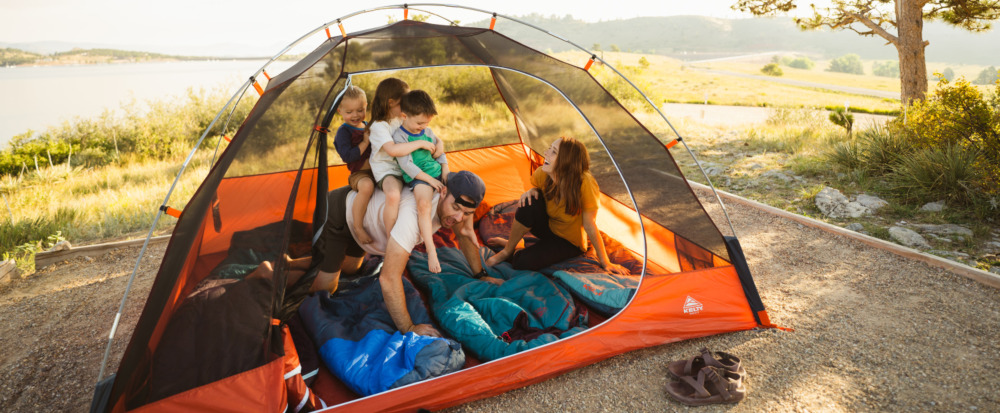

This material is not very strong in general, but it is commonly used. They describe them as a wrapped construction so this is supposed to be stronger than standard fiberglass poles. The poles: You have three of them, and this is fiberglass. Therefore, the tent, on the whole, is not freestanding. The vestibules must be staked properly to be functional. Note that the fly is supported by one extra pole, so this makes the tent similar to an extended dome tent. I have included it in my list of tents with a full-coverage fly. The main vestibule is on left in the picture. See how this looks: Huge main vestibule.īelow you have the tent’s side view with the fly on so you can understand better the asymmetry I mentioned above. This is why the main vestibule is huge and you can keep your camping furniture inside, or use it as a bicycle garage when you are on a bicycle tour. It should be understood just as a secondary access point. Note that here the fly does not go completely to the ground, so this is not a storage area. The flaps can be rolled to the sides as shown in the picture below.

The rear vestibule is with a central zipper. On the other side, you have a vestibule with a central zipper shown in the picture below. One is with two parallel zippers on the sides (see the top picture above) so you can roll it up and fix it above the door. When the full-coverage fly is on, you have two asymmetric vestibules. There are two D-shaped doors on opposite sides. The peak height is 75.5 inches (192 cm), and the picture below demonstrates how tall and large this looks in reality. Note that the tent is quite tall for a dome tent of this size. Without the fly, the tent is fully freestanding and self-supportive. The picture below shows how it looks without the fly. This is a simple dome structure supported by two main poles. Here you have a new tent that Kelty launched for the season 2021.


 0 kommentar(er)
0 kommentar(er)
